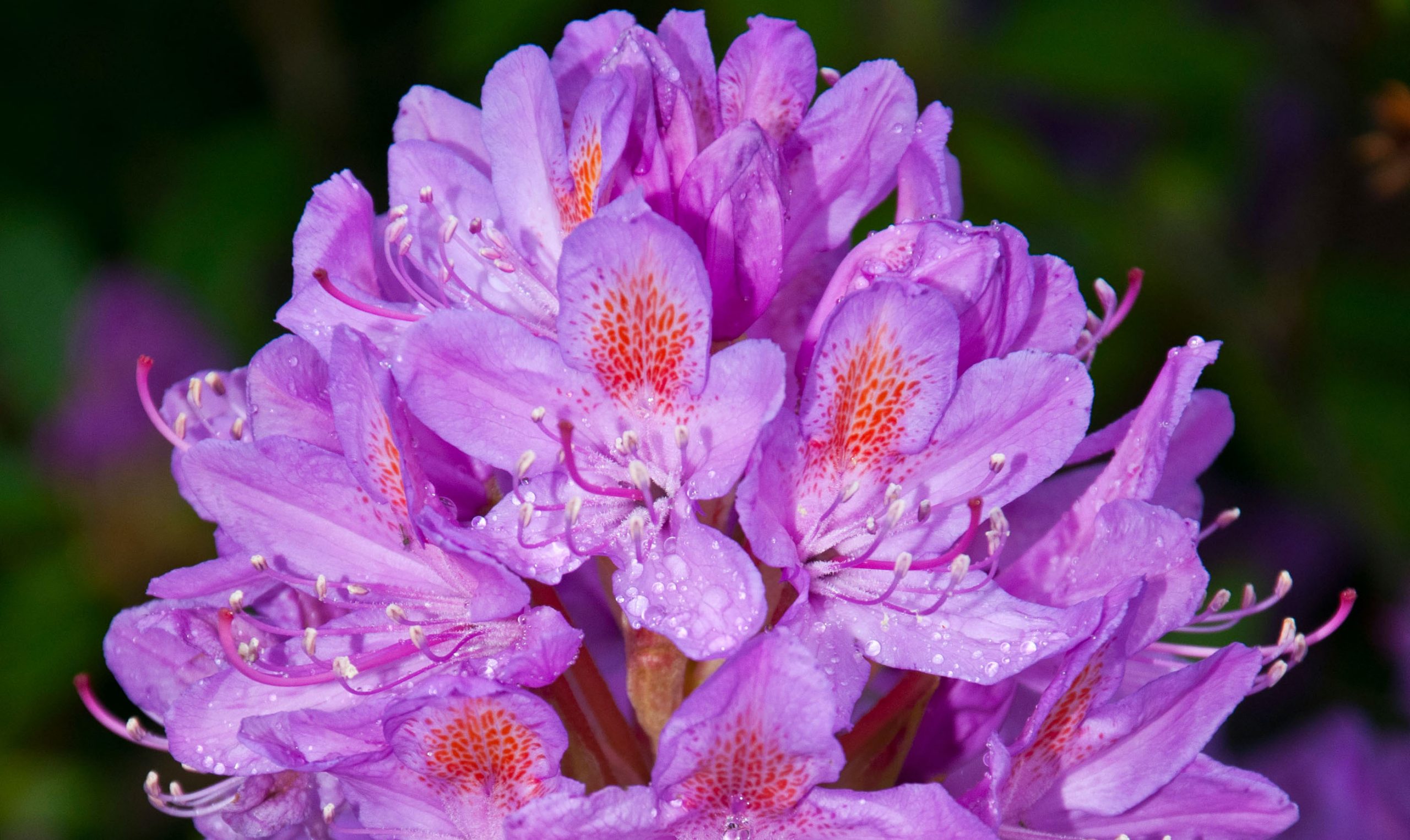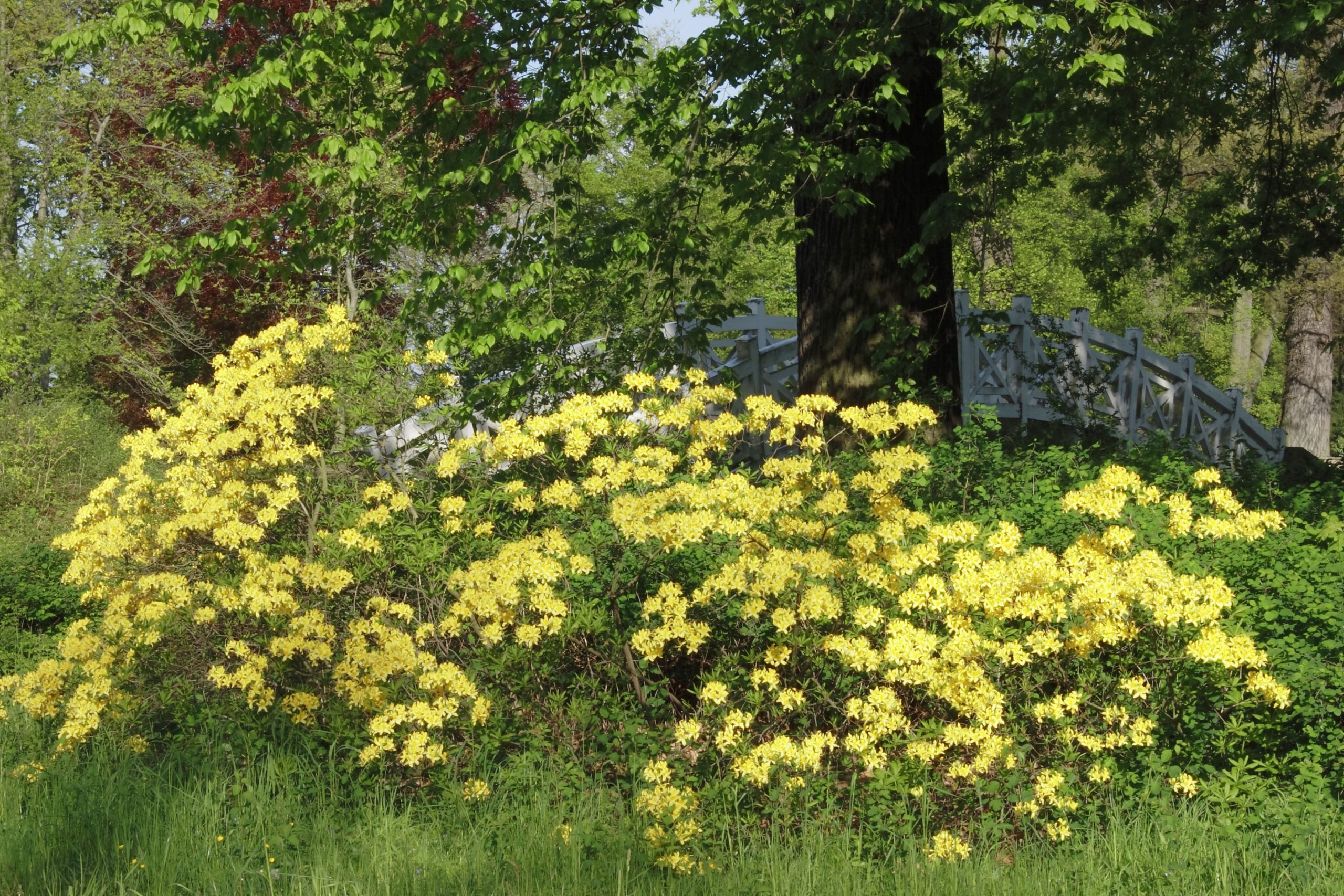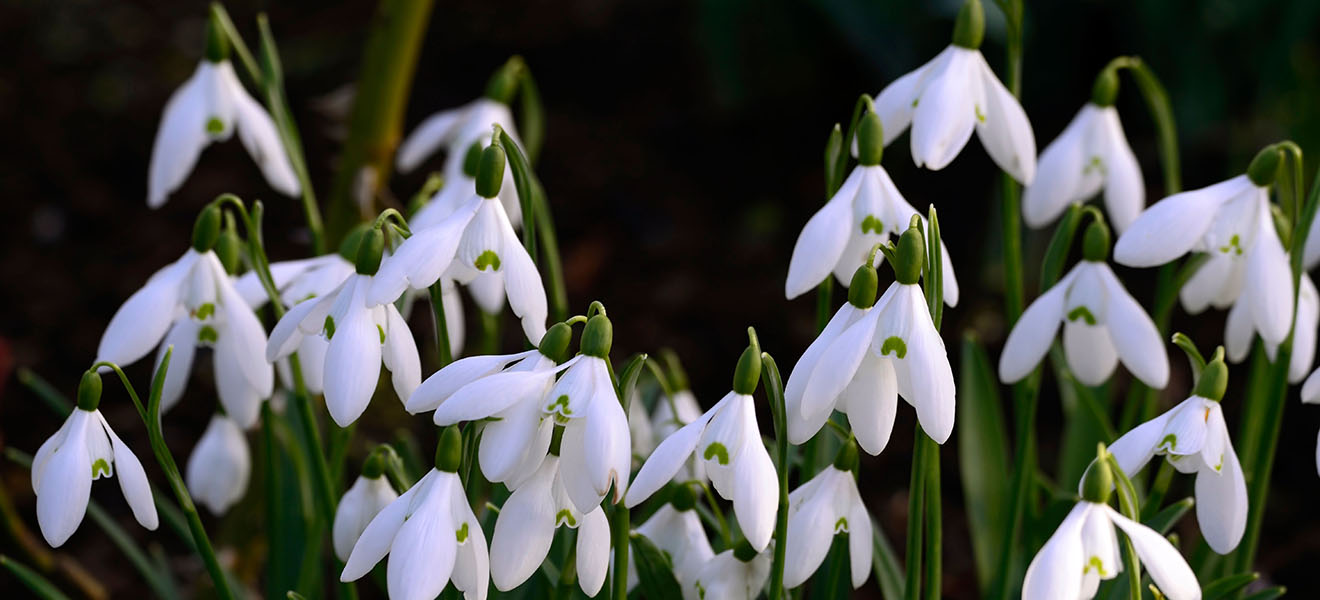How letting invasive plants jump the garden fence could land you in court
Charles Quest-Ritson looks at invasive plants and what to watch out (or look for) in our gardens.


There are three naughty and over-exuberant plants of which I am very fond: first, the common purple Rhododendron ponticum; second, the Himalayan balsam Impatiens glandulifera; and third, the so-called skunk cabbage Lysichiton americanus.
Alas, all three are designated ‘invasive non-native plants’. It is an offence to allow them to escape into the wild. You can grow them in your garden, but letting them jump the fence will land you up in court.
There’s a list of these foreign thugs in the UK Wildlife and Countryside Act (1981). When the legislation was first mooted, the draft wording extended to any hybrid descendant of one of these aliens.
The RHS and the nursery trade pointed out that hundreds of well-behaved old rhododendron hybrids dating back to the 19th century had Rhododendron ponticum as one of their ancestors. Only then did the legislators confine their condemnation to the species, not its descendants.
I think R. ponticum is one of the most beautiful of flowering shrubs. It was the dominant species in my childhood garden (mainly because it was used as a rootstock for more exciting cultivars and, sometimes, it got the better of its grafted scion). And how I loved the view from my Irish grandmother’s dining room of the mountains of Mourne ringed by purple splendour in June and July.
No less exciting are the many miles of ‘Ponticum’ that edge the estate roads at Cragside in Northumberland. Once, I climbed the Georgian Military Highway to see the wild species flowering at the same time as the scented yellow azalea R. luteum, another good doer. I never cease to thrill at the beauty of both.

Impatiens glandulifera is so easy to weed out that I welcome its appearance — and it’s only an annual. In the garden of a plantsman, it is not at all invasive, merely a good plant.
Exquisite houses, the beauty of Nature, and how to get the most from your life, straight to your inbox.
However, I long to be able to grow Lysichiton americanus. It has giant yellow spathes like an arum (same family), which are so big and bold that they outshine all other spring flowers. When we lived in France, one of my farmer neighbours managed to grow it in a field ditch, alongside Gunnera manicata, sometimes called giant rhubarb, although it is not really related to rhubarb at all.
Lysichitons need damp soil with a low pH, but, now, I garden on a hot, south-facing hillside of Hampshire chalk, with no possibility whatsoever of growing them. Go to the RHS garden at Harlow Carr to see them at their best.
"I battled for years against Japanese knotweed — and won... I sprayed the stems with glycophosphate for 10 years without success, then tried a lawn weedkiller called Weedol and the Japanese knotweed finally succumbed"
The danger with thuggish alien species is that they change the balance in our native ecosystems — usually for the worse. They out-compete indigenous species. But we do, of course, have double standards.
I understand the need to keep out pests and diseases that may have an ill effect on plants of economic or environmental importance, but, sometimes, the balance sheet for foreign plants shows a net profit. Our fields and woods have been much improved by the addition of exotics.
Snowdrops were introduced to Britain in about 1520 and probably first grown in a London garden. Who now complains of their uncontrolled invasion of our woodlands? And most of us like to see speedwell (Veronica filiformis) growing in our lawns. It’s pretty, but was first introduced to Britain from the Caucasus about 200 years ago and is now ineradicable.

I battled for years against Japanese knotweed (Fallopia japonica) — and won. Experts say that glyphosate will rid your garden of it, but I sprayed the stems in spring and autumn for 10 years without success.
Then, in one of the EU’s stranger lapses into Luddism, glyphosate became hard to find, so I tried a lawn weedkiller called Weedol and the Japanese knotweed finally succumbed. It’s not actually illegal to have it in your garden, but don’t let it escape. There is a very pretty variegated form in French gardens that is not so vigorous.
Enemy No 1 in my Hampshire garden is ground elder (Aegopodium podagraria). It was introduced to Britain by the Romans. Forget the fact that it’s edible (so are Japanese knotweed and Himalayan balsam) and watch it spread through all your herbaceous plantings, under your hedges and into your lawns. It’s a fast mover.
The leaf is quite pretty and there is a handsome variegated form that is best grown in pots or troughs from which it cannot escape, but, in the soil, the species is a major nuisance.
Of course, the worst thugs in the garden are cats, dogs, muntjac, grey squirrels, children and other animals. But that is another story.

Credit: Alamy
What you need to know about privet hedges: The good, the brilliant, the quirky... and the one that all my visitors ask me about
Privet can be dull, admits Charles Quest-Ritson — but it needn't be, if you plant the right varieties. Our expert
Charles Quest-Ritson is a historian and writer about plants and gardens. His books include The English Garden: A Social History; Gardens of Europe; and Ninfa: The Most Romantic Garden in the World. He is a great enthusiast for roses — he wrote the RHS Encyclopedia of Roses jointly with his wife Brigid and spent five years writing his definitive Climbing Roses of the World (descriptions of 1,6oo varieties!). Food is another passion: he was the first Englishman to qualify as an olive oil taster in accordance with EU norms. He has lectured in five languages and in all six continents except Antarctica, where he missed his chance when his son-in-law was Governor of the Falkland Islands.
